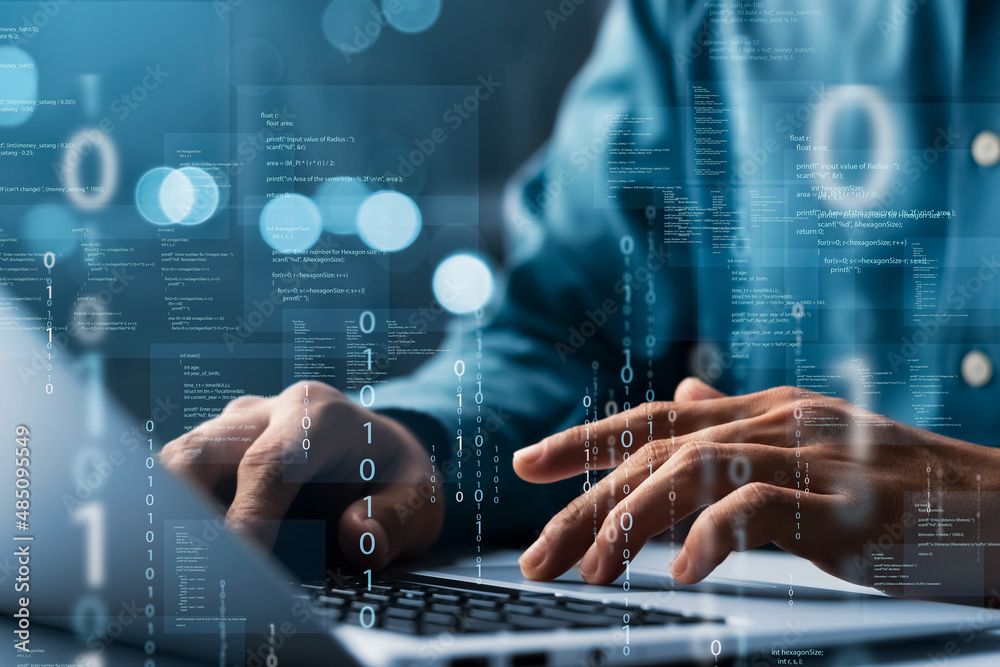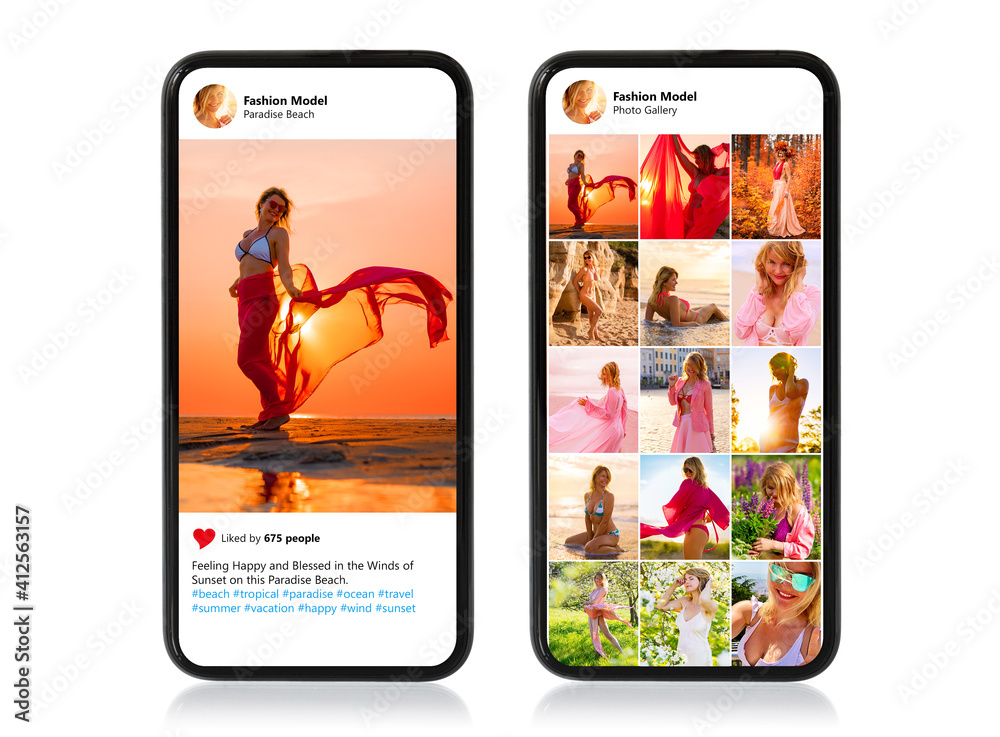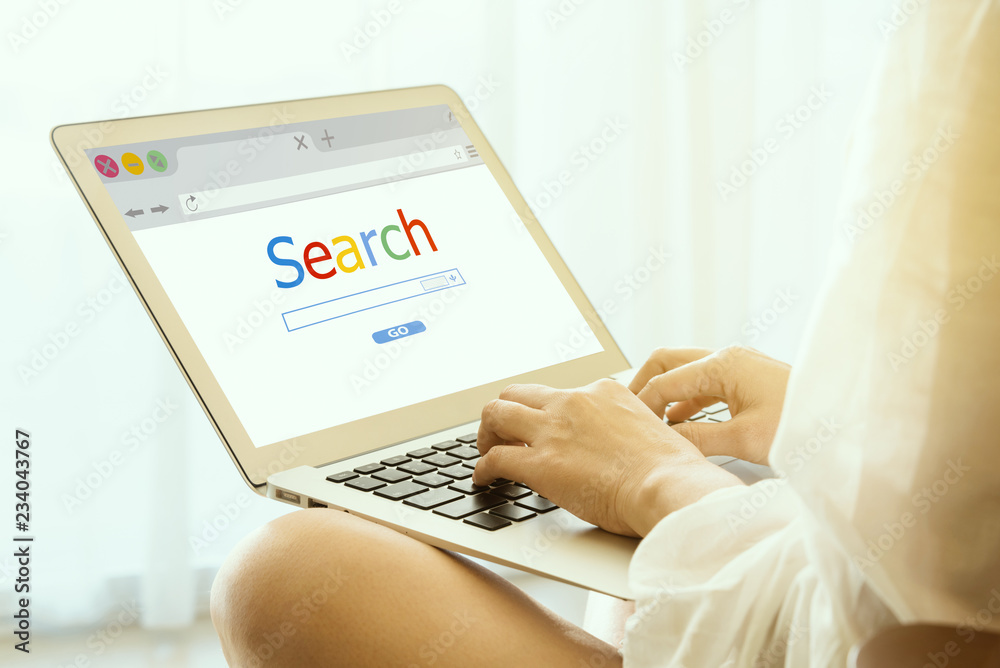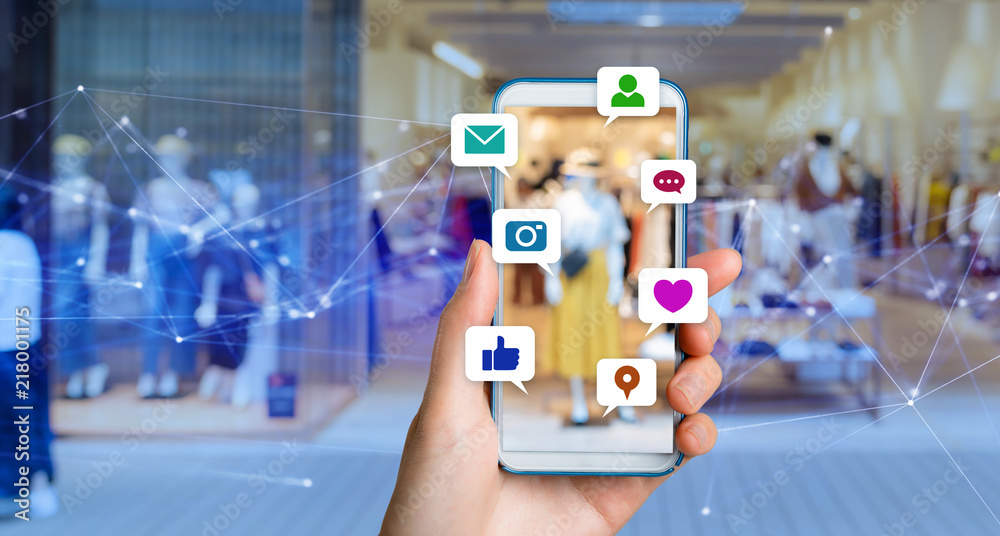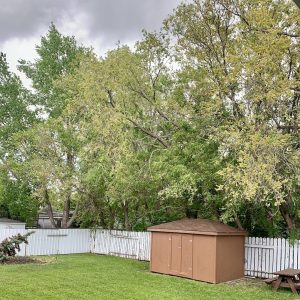
Who knew gardening was so much work? Going into this learning project, I assumed that the planning and actually planting of my garden would be the most labour-some task I would have to do. However, now that my garden is in the ground, I have come to find out how much work it is to maintain! Between weeding, watering, fertilizing, and general upkeep, my garden has begun to feel a bit like a chore. This week I have also come across a small obstacle that I have had to do some research about. My neighbours have multiple large elm trees that hover over my yard. With the prairie wind that we always experience, the elm seeds continuously blow into my yard/garden. As you can see from my time lapse video, I tried leaf blowing them from my garden, which was semi-successful. After consulting with my mom (a gardening pro – in my eyes), I am hopeful the seeds should be done within a week or two. However, until then, if anyone has any suggestions on how to deal with, get rid of, or prep my garden for the elm seeds please let me know!
With all of that said, it is so rewarding getting to see my plants grow and flourish! This week I have seen much progress in many of my plants. My strawberries, lettuce, radishes, and even a few potatoes are officially beginning to grow above ground! My tomato and pepper plants are also thriving. I know there is still quite a bit of time before I will see any vegetables, however, it is so exciting seeing tangible progress!
Progress of my Garden!

Row of Lettuce 
Sprouted Potato 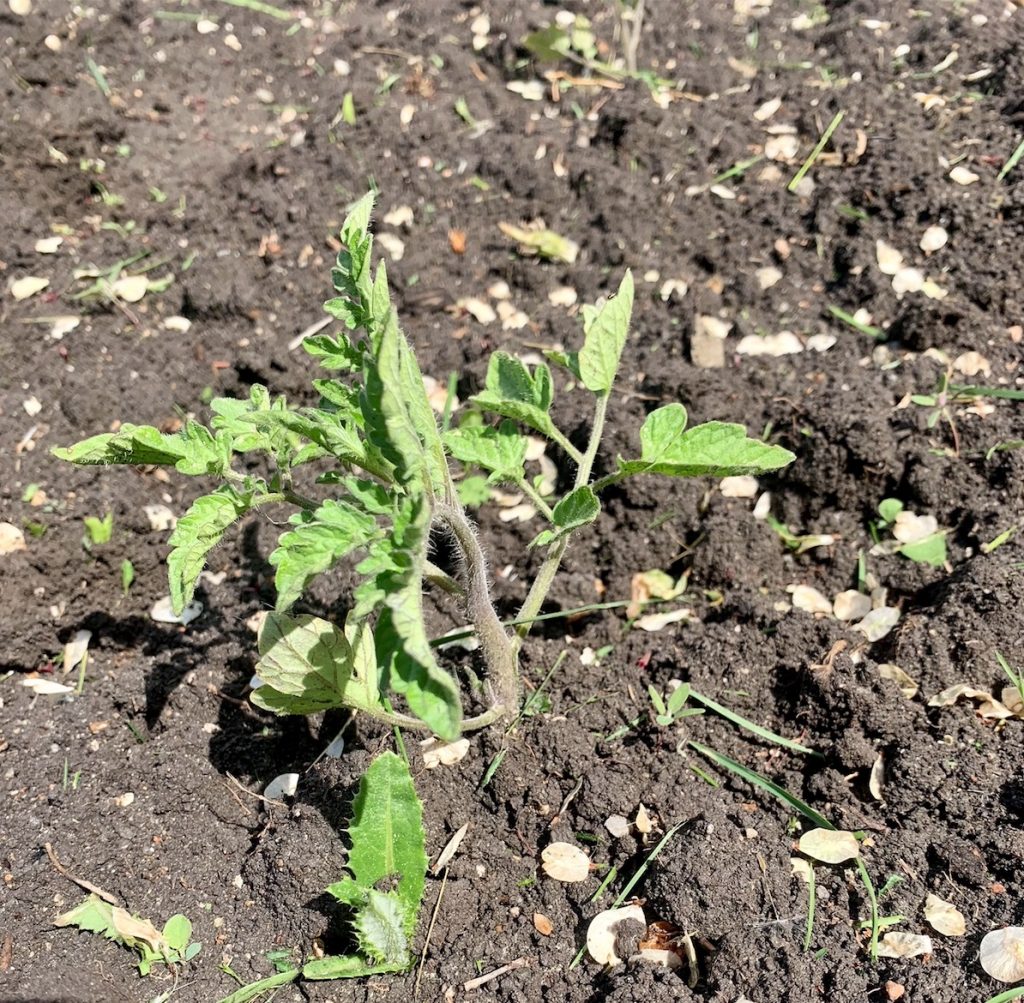
Pepper Plant 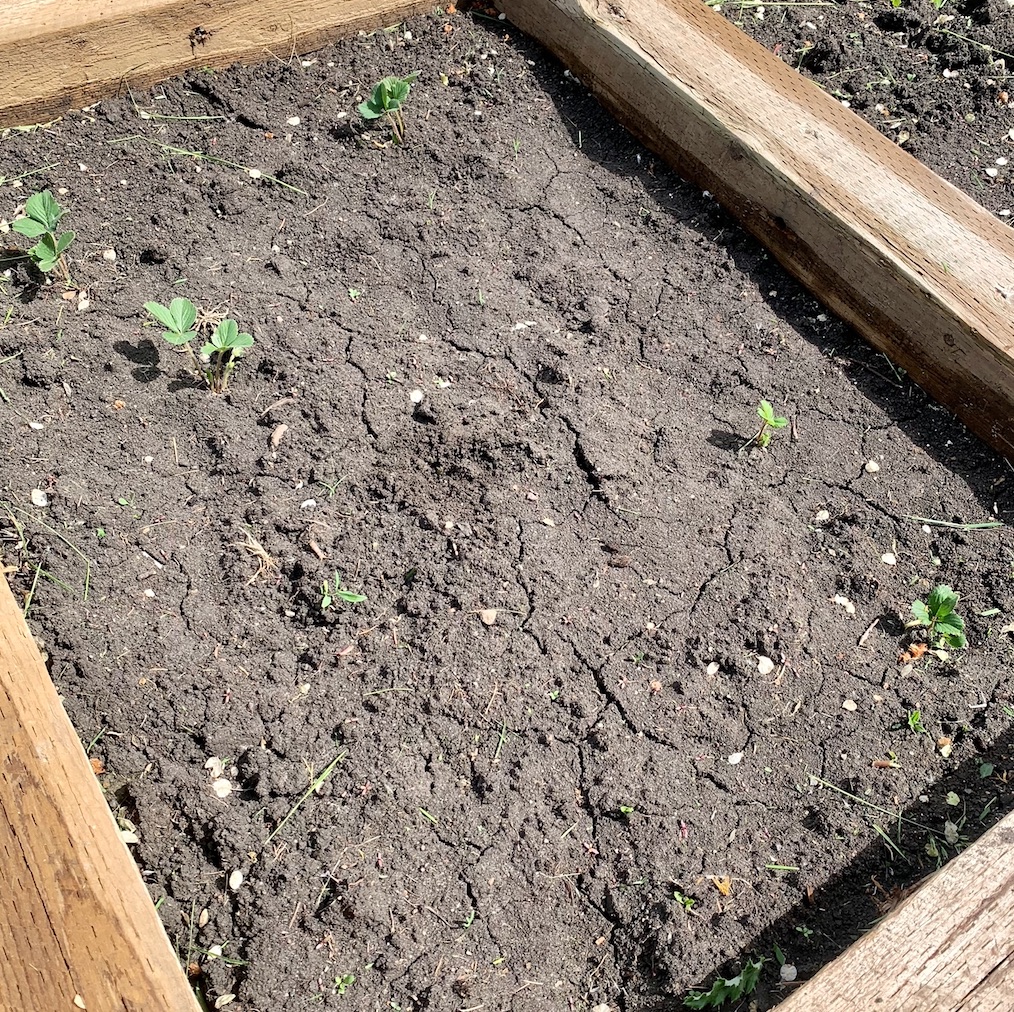
Sprouted Strawberry Plants
Land Based Learning
I am currently taking an INDG 100 course, and this past week we discussed Indigenous land based learning and the importance of connection to land. This week of my learning project, in addition to maintaining my garden, I focused on growing my knowledge base of Indigenous land based practices and how I may be able to use my garden as a means of connection.
Quotes from the Resources I utilized to facilitate my learning this week:
- How Indigenous land-based learning can help fight climate change
- “It’s the land that brings us together — the land that teaches relationship-based ways of knowing about the natural world and its food systems.”
- Land-Based Education: Taking knowledge back to its roots
- “Indigenous concepts of reciprocity, respect, relationship and responsibility are woven into [Land-Based Education]. Being of the land grounded us to our true selves, opening the portal to our awareness as far as we would allow it to go.” Gabrielle Doreen
- “Land-based education is about learning to think more critically in terms of capitalism, economic development, environmental and, more importantly, an integrative anti-racist education.” Tennille Bear
- Learning from the Land
- “The values of reciprocity, respect, balance, and connection to spirituality are central to learning from the land.”
- “The land sustains our spirits and bodies; it determines how our societies develop and operate based on available environmental and natural resources; and our socialization and governance flow from this intimate relationship.”
Thoughts on the Resources I used this week
- YouTube – This was the first time I have ever created or uploaded a YouTube video. I found the process surprisingly simple and user friendly. I like how Youtube has an option for videos to be public, private, or unlisted. One thing I wish would be added to the upload function is the option to add background music to videos. I’m sure I could figure out how to add music to my video with a different app, however, it would be a much more streamlined process if YouTube had this feature.
- iPhone Time Lapse – As a loyal Apple customer, I am quite familiar with the camera options on the iPhone. I like how the time lapse video, or any content from an iPhone, can be easily airdropped from my phone to my computer. This makes the uploading process quick and easy! One feature I wish Apple would add to time lapse, is the option to change the speed of the time lapse video. I think I could have altered the speed through iMovie or another editing app, however, having that feature would streamline the process.
- How Indigenous land-based learning can help fight climate change – This article discusses a community-based research program aimed at cultivating healthy relationships and a healthy environment. The post is rich with links and resources that lead to numerous other learning opportunities, which I really appreciated. One thing I wish the post had more of was media, there were no pictures or videos present to compliment the article.
- Land-Based Education: Taking knowledge back to its roots – The main thing that I enjoyed about this resource is that it is Saskatchewan based. The article was written and published by the Sheaf, the University of Saskatchewan’s Newspaper, discussing the graduate programs offered through the UofS. However, I do think the post would have benefited from additional pictures or links.
- Learning from the Land – This was my favourite resource that I learned from this week. The article was supplemented by a short YouTube video and all of the content was created and led by Indigenous Peoples. I also enjoyed that there were links scattered throughout allowing for further learning to be had.

